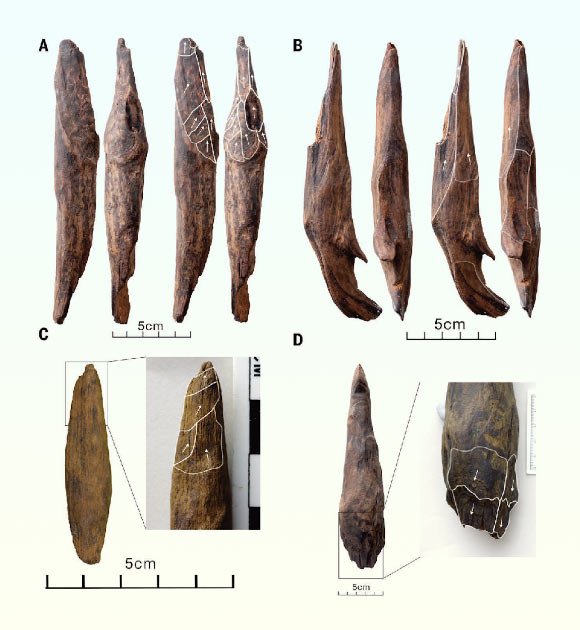China is making it clear it doesn’t intend to sit on the sidelines. In a fresh push for technological dominance, Beijing has unveiled what it claims is the world’s first publicly developed electronic warfare system powered by 6G technology.
According to a paper published in the scientific journal Acta Optica Sinica and cited by the South China Morning Post, the new system is reportedly capable of neutralizing advanced US combat radars within seconds – including those mounted on the F-35 stealth fighter, a key pillar of NATO’s air superiority.
The project is being led by Professor Deng Lei from Huazhong University of Science and Technology and has secured nearly $10 million in funding from the Chinese government, the People’s Liberation Army and major tech corporations across the country.
A multi-functional 6G photonic platform
Unlike traditional electronic warfare systems, which are often bulky and highly specialized, this new platform brings together signal analysis, jamming and high-speed communication into a single compact device. Its core technology combines photonics with 6G networks, enabling it to operate at extremely high frequencies – such as the X-band, where the US-made AN/APG-85 radar used by F-35s operates.
One of the platform’s most striking features is its ability to generate over 3,600 phantom targets – signal decoys designed to overwhelm and mislead enemy radar systems, making it nearly impossible to get a reliable read on the battlefield. According to its developers, this poses an unprecedented challenge to Western defense systems, which are designed to function in more conventional electromagnetic environments.
But the device isn’t limited to offensive capabilities. It also doubles as an advanced military communications hub, capable of maintaining simultaneous connections with over 300 platforms – drones, vehicles and ground units – thanks to its ability to transmit and receive data on the same frequency in full duplex. Until now, that kind of performance was seen as nearly impossible in interference-heavy scenarios.
6G as a strategic weapon
The announcement also carries strategic weight. Amid rising tensions and aggressive rhetoric between Washington and Beijing, China is pushing to cement its leadership in future 6G infrastructure – with direct military applications. According to the researchers, the new technology has the potential to redefine modern electronic warfare and usher in a new chapter in the global power struggle.
Although the system has not yet been tested in real combat, independent outlets such as Interesting Engineering note that the publication of the scientific article reflects an unusual level of transparency for Chinese defense projects – a move that may well be interpreted as a bold show of technological force aimed at the West.
Get your game on! Whether you’re into NFL touchdowns, NBA buzzer-beaters, world-class soccer goals, or MLB home runs, our app has it all.
Dive into live coverage, expert insights, breaking news, exclusive videos, and more – plus, stay updated on the latest in current affairs and entertainment.Download now for all-access coverage, right at your fingertips – anytime, anywhere.




![[News] NXP Reportedly Eyes Local Foundry Partner to Boost Full Chipmaking in China](https://koala-by.com/wp-content/uploads/2025/07/NXP-Hamburg-Germany-624x416.jpg)




